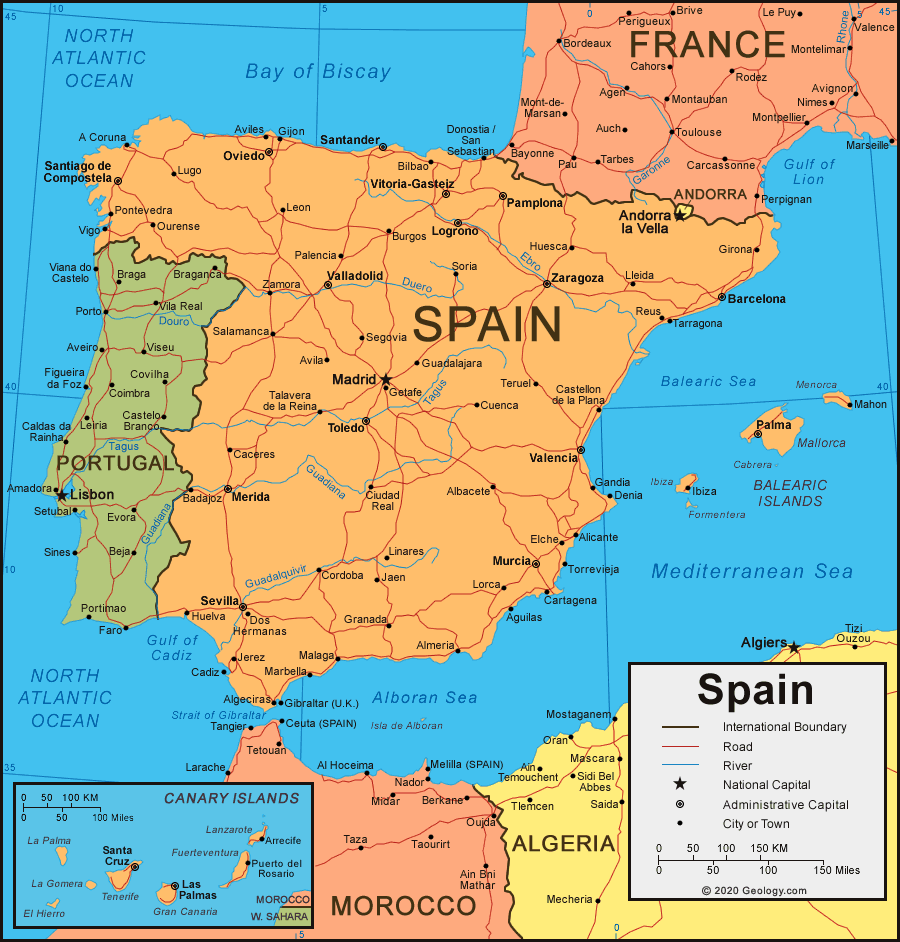David Wilson
Contributor
I am grateful, as always, for the "likes", Sam and Jale.
Today we move on to the Italian diving equipment company SALVAS, which later merged with another Italian company, Shark, into an entrprise known as Salvas-Shark. For the sake of simplicity, I am minded to treat the products of these two companies separately. When I review Salvas, therefore, I shall omit any masks, snorkel-masks, snorkels and fins first launched as Shark products.
Here is an excellent "potted history" of Salvas from Luigi Fabbri's Blu Time Scuba History site:
Later becoming SALVAS - Società Anonima Lavorazioni Varie Apparecchi di Salvataggio (Anonymous company manufacturer of different rescue apparatus), at the beginning of the Second World Was began designing and manufacturing oxygen rebreathers for the Italian Navy, in its headquarter in Rome, that will continue to do, also for the professional diving sector.
 Its production was also the oxygen rebreather prototype made from an idea of the Alliata of Villafranca Prince, used for the diving shots of the “Vulcan" movie in 1949, performed by Anna Magnani and Rossano Brazzi. In 1950, the "Universal" oxygen rebreather is launched, with two tanks and full-face mask, also supplied to the Italian Navy while, ten years later, a special regulator is born which soon became famous, the Acquasprint, followed in 1964, by the just as much famous "S1" spear fishing gun with compressed air.
Its production was also the oxygen rebreather prototype made from an idea of the Alliata of Villafranca Prince, used for the diving shots of the “Vulcan" movie in 1949, performed by Anna Magnani and Rossano Brazzi. In 1950, the "Universal" oxygen rebreather is launched, with two tanks and full-face mask, also supplied to the Italian Navy while, ten years later, a special regulator is born which soon became famous, the Acquasprint, followed in 1964, by the just as much famous "S1" spear fishing gun with compressed air.
In the same year, the company buys Maggi shoes of Castelnuovo Scrivia, Alessandria province, specialized in rubber manufacture. Production is transferred here and, from this moment, all diving equipment from diving suits to fishing guns to regulators will bear the Salvas Sub brand name. Later, the brand changes again to Salvas Shark.

Here below is the Salvas advertisement in the first issue of Mondo Subacqueo magazine in 1950. The caption top left means "Everything for sport and underwater hunting".
 So Salvas offered recreational underwater swimgear right from the outset of the 1950s, when it operated from premises on the Via Ridolfino Venuti 10 in Rome. This is how the building, which is no longer used by Salvas, looks nowadays:
So Salvas offered recreational underwater swimgear right from the outset of the 1950s, when it operated from premises on the Via Ridolfino Venuti 10 in Rome. This is how the building, which is no longer used by Salvas, looks nowadays:
 Apologies if you were hoping for something more classical in appearance.
Apologies if you were hoping for something more classical in appearance.
Today we move on to the Italian diving equipment company SALVAS, which later merged with another Italian company, Shark, into an entrprise known as Salvas-Shark. For the sake of simplicity, I am minded to treat the products of these two companies separately. When I review Salvas, therefore, I shall omit any masks, snorkel-masks, snorkels and fins first launched as Shark products.
Here is an excellent "potted history" of Salvas from Luigi Fabbri's Blu Time Scuba History site:
SALVAS
Around 1933, several artisans which produced helmets and different deep diving equipment for the Italian Navy grouped in SIAS - Società Italiana Apparecchi di Salvataggio (Italian company of rescue apparatus) which patented in Italy, the oxygen rebreather produced by English Siebe, Gorman & Co, on behalf of Sir Robert Henry Davis.Later becoming SALVAS - Società Anonima Lavorazioni Varie Apparecchi di Salvataggio (Anonymous company manufacturer of different rescue apparatus), at the beginning of the Second World Was began designing and manufacturing oxygen rebreathers for the Italian Navy, in its headquarter in Rome, that will continue to do, also for the professional diving sector.
In the same year, the company buys Maggi shoes of Castelnuovo Scrivia, Alessandria province, specialized in rubber manufacture. Production is transferred here and, from this moment, all diving equipment from diving suits to fishing guns to regulators will bear the Salvas Sub brand name. Later, the brand changes again to Salvas Shark.
Here below is the Salvas advertisement in the first issue of Mondo Subacqueo magazine in 1950. The caption top left means "Everything for sport and underwater hunting".




